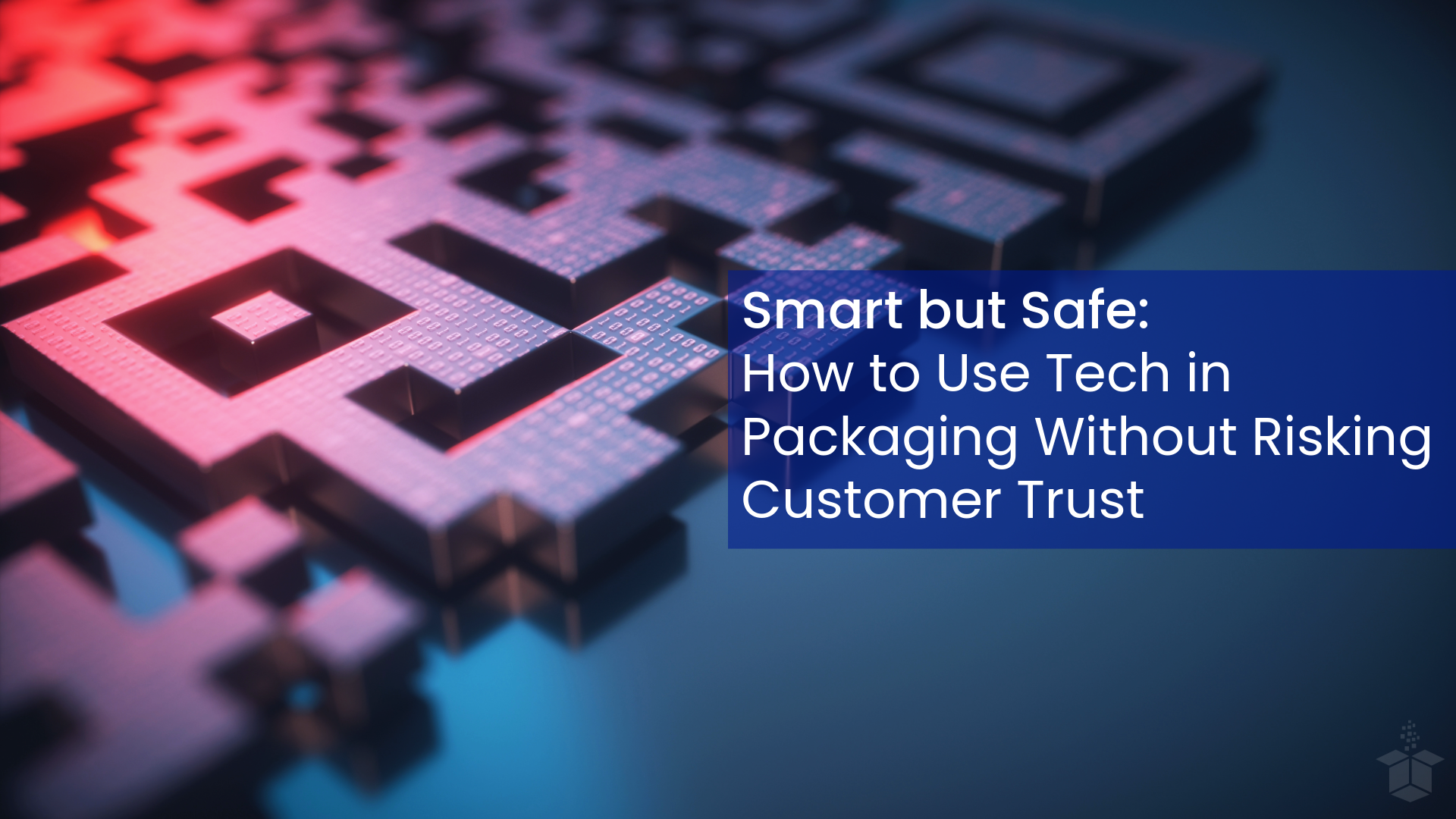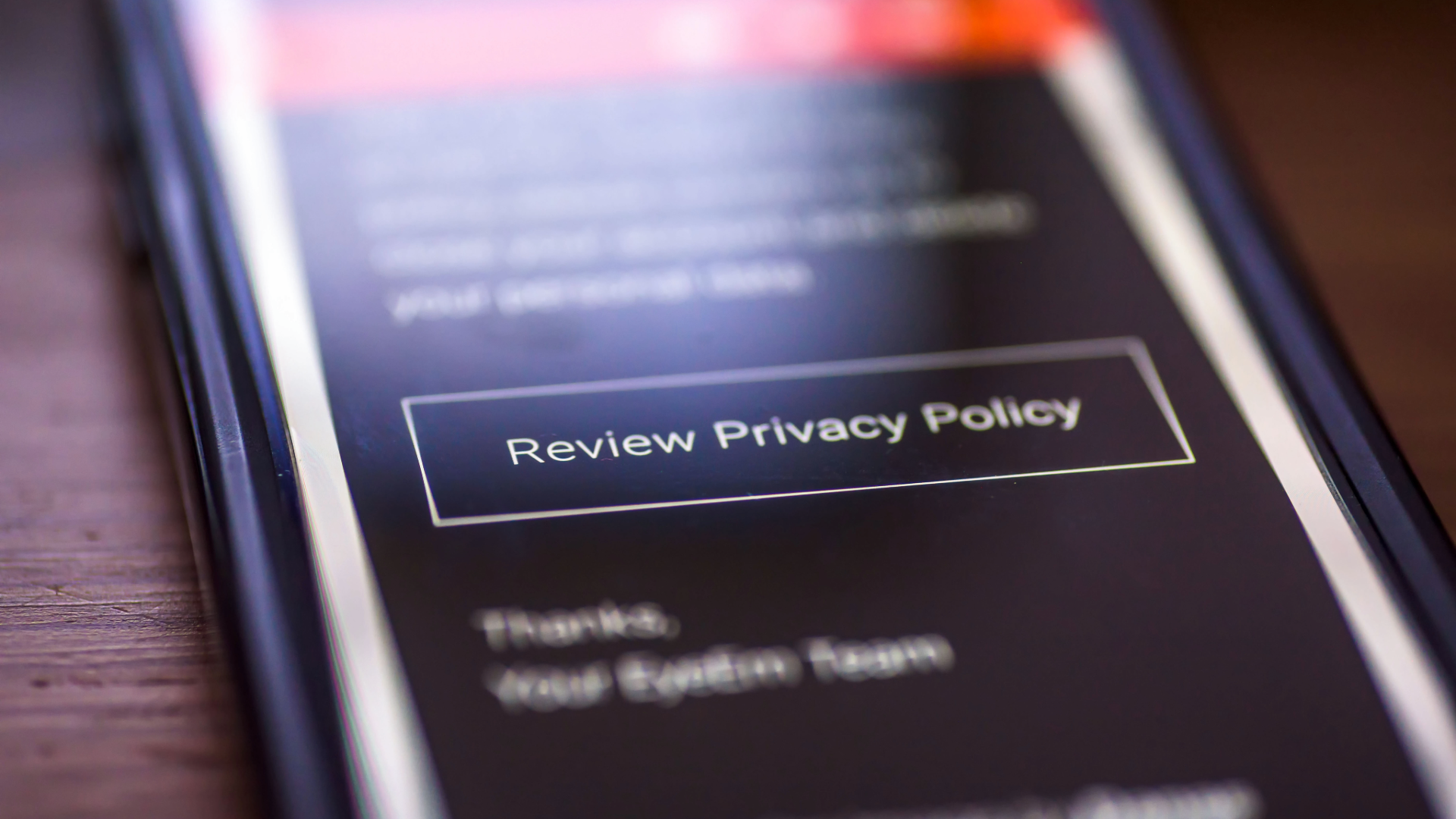Smart but Safe: How to Use Tech in Packaging Without Risking Customer Trust
Smart packaging is here and it’s not going anywhere.
From QR codes that lead to interactive recipes to RFID tags that help with inventory tracking, technology in packaging has become a major way for brands to create memorable, connected, and efficient experiences. But as exciting as it is, this trend comes with real risks.
Scams are evolving. And when customers start questioning whether your QR code is real or a phishing trap, you risk more than just a missed click. You risk losing trust.
So, how can brands embrace tech-forward packaging while keeping customers (and their data) safe?
Let’s break it down.
What Is Quishing (And Why Should You Care)?
Quishing (a weird word, we know) is a blend of “QR” and “phishing.” It is a scam that uses fake QR codes to trick users into visiting malicious websites. These counterfeit codes can be printed on stickers and slapped onto packaging, posters, or even fake mailers. Once scanned, they can lead to phishing pages designed to steal sensitive information, infect devices with malware, or impersonate real brands.
For brands, this isn’t just a consumer issue, but a reputational one. If customers associate your packaging with a scam, it can erode trust fast. And in an age when trust is currency, that's a price too high to pay.
Why Tech-Enabled Packaging Still Matters
It might seem safer to just avoid QR codes altogether, but that would mean missing out on real advantages:
Authenticity verification: Proving your product is the real deal
Extended experiences: Digital content, loyalty programs, or personalized messaging
Traceability: Especially important in food, pharma, and sustainability claims
Convenience: Easy access to instructions, reorder links, or customer service
The challenge isn’t whether to use smart packaging, but how to use it safely.
How to Use QR Codes Safely on Packaging
To keep customers safe and still deliver a modern digital experience, here are some ideas to take advantage of when using QR codes:
Use Branded, Custom QR Codes
Generic black-and-white codes are easier for scammers to fake. Instead, design QR codes with your brand colors or logo embedded. This adds visual recognition and makes counterfeit attempts more obvious. However, recognize that as scammers become more sophisticated, this alone is not enough, as they can copy logos and colors on fake QR codes.
Print the Full URL Below the Code
Many consumers are wary of scanning a code if they can’t see where it leads. Always include a short, clear link to the same destination below the QR code. This builds trust and gives people an alternative to scanning by allowing them to type a link into their browser. Make sure your links are easy to type in and not a string of numbers and letters that are frustrating to copy.
Avoid Using URL Shorteners
Unless it’s a branded short link (like yourbrand.link/verify), shortened URLs can look suspicious. They also mask the final destination, which can deter security-conscious customers.
Place QR Codes Inside Packaging When Possible
Placing codes on the inside flap of a box or beneath a sealed sticker ensures authenticity. It prevents scammers from adding fake QR code stickers to the outside of your packaging, which is a surprisingly common tactic in public-facing retail.
Add a Safety Message
A simple line like “Only scan this code from unopened packaging” or “We’ll never ask for personal info through this QR code” goes a long way. It educates your customer and shows you’re thinking about their safety.
Educate Your Customers
Include a small guide (printed in the box or digitally on social media or website) explaining when, where, and how to safely scan QR codes from your brand. Encourage them to look for tamper evidence and only scan codes from unopened packaging.
Use Secure, Verified Platforms
If you're using a dynamic QR code generator, choose one that supports HTTPS, offers analytics, and has strong backend security.
What About RFID and NFC?
RFID (Radio Frequency Identification) and NFC (Near Field Communication) tags don’t present the same risks as QR codes since they’re not visually scannable and can’t be easily copied with a sticker. But they still come with best practices:
Encrypt data on RFID chips where possible
Avoid storing personal customer information directly on tags
Be transparent with users if the tag links to web experiences or collects interaction data
These technologies can be especially useful for higher-end goods, supply chain management, and anti-counterfeiting strategies.
Trust-First Strategies for Smart Packaging
Brands that think ahead can enjoy the benefits of smart packaging without the pitfalls. Here are some quick, brand-forward strategies:
Combine QR codes with NFC chips to give customers more than one secure option for accessing information.
Add tamper-evident designs (like void stickers or seals) over scannable tech elements.
Test your QR codes regularly to ensure links haven’t broken, expired, or been hijacked. Your QR code should not be a “one and done.” Check it often.
Use tech audits if you’re outsourcing digital packaging elements to third-party providers.
Stay compliant with privacy regulations (GDPR, CCPA, etc.) when collecting any customer data from scans or taps.
Packaging Tech with Privacy in Mind
Transparency is no longer a bonus. It’s an expectation. If your packaging connects to a digital experience, your customers deserve to know:
What information is being collected (if any)?
Why is it being collected?
How is it being protected?
The easiest way to gain long-term loyalty is to show you respect your customer’s privacy from the first unboxing moment onward. If you wouldn’t be comfortable giving information, neither are your customers, and you should not expect them to.
The Bottom Line: Smart Doesn’t Have to Mean Risky
Technology in packaging can be powerful, but it comes with responsibility. Consumers are growing more aware of digital risks, and brands need to meet that awareness with thoughtful design and security-forward thinking.
By following best practices like inside placement, branded codes, and visible URLs, you can give customers the convenience and engagement they want without asking them to compromise their safety.
Because the future of packaging isn’t just smart, but it is smart and safe.






